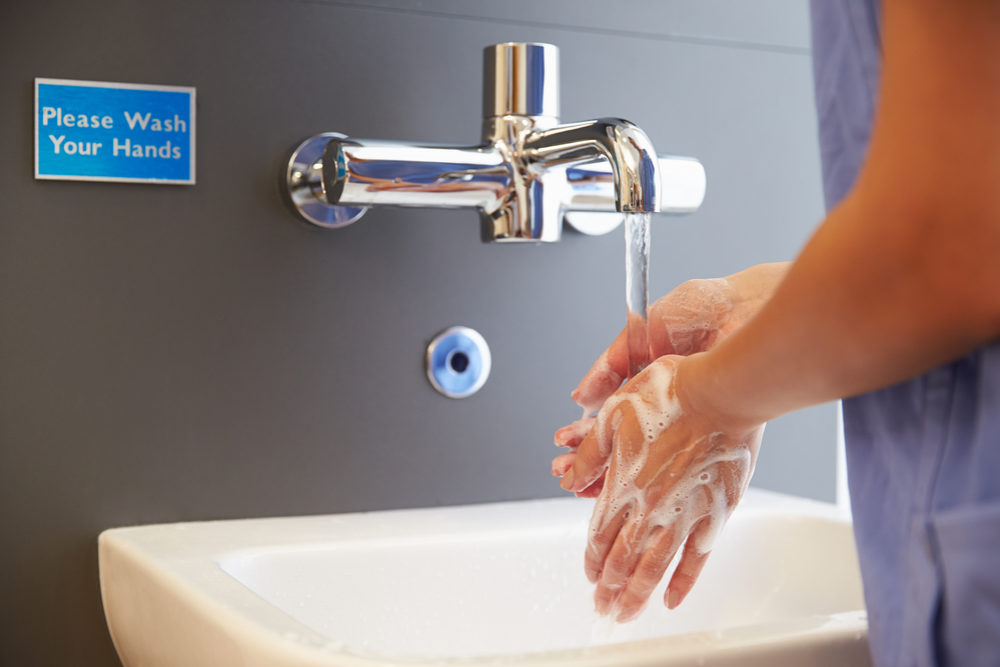Hospital Plumbing May Hold Antibiotic-Resistent Superbug Infection Risks: Study

Antibiotic-resistant infectious organisms may be commonly found in hospital plumbing throughout the country, according to recent research from the National Institutes of Health (NIH).
In a study published this week in the medical journal American Society for Microbiology, NIH researchers indicated that drug-resistant organisms were detected in every wastewater drain pipe tested at a Washington D.C. hospital, suggesting that similar “superbug” infection risks may be posed by plumbing systems in other hospitals nationwide.
Researchers sampled high touch locations and wastewater locations in the National Institutes of Health hospital in the Washington D.C. area. While high-touch areas, like sinks and counter tops, are commonly tested in hospitals, researchers wanted to test other less common areas.

Did You Know?
Millions of Philips CPAP Machines Recalled
Philips DreamStation, CPAP and BiPAP machines sold in recent years may pose a risk of cancer, lung damage and other injuries.
Learn MoreThis time, over a two year period, they also tested housekeeping closets, wastewater from hospital internal pipes, and external manholes.
Researchers indicated every sample taken from intensive care unit wastewater pipes, janitors closets, and external manholes contained carbapenemase-producing organisms, a known antibiotic-resistant superbug.
Fortunately, the study found that other areas of the hospital were relatively clean. Among the other surfaces tested, bed rails, counters, doorknobs, and wheelchairs, less than 1% of samples had harmful bacteria with carbapenem resistance.
Last year, a study resulted in similar findings, indicating that drug-resistant bacteria was found in the drains of hospital sinks, posing a threat to infection outbreaks. The drain film infected with the bacteria was difficult to scrape or clean away with chemicals.
NIH researchers were surprised to find the prevalence of the bacteria, considering very few patients at the hospital were infected with drug-resistant infections at the time. Study authors warned this indicated there is a “vast, resilient reservoir” of drug-resistant bacteria in hospital drains, wastewater areas, and housekeeping closets.
Researchers noted the bacteria found was in plasmid form, which allows them to spread their drug resistant properties to other bacteria and to which allows them to potentially gain additional resistances.
“Carbapenemase-producing organisms are a global concern because of the morbidity and mortality associated with these resistant Gram-negative bacteria,” the researchers warned. “Horizontal plasmid transfer spreads the resistance mechanism to new bacteria, and understanding the plasmid ecology of the hospital environment can assist in the design of control strategies to prevent nosocomial infections.”
Study authors are still unsure how vulnerable patients may be from superbugs in hospital drains and other wastewater areas. Typically healthy people are more resistant to it. However, those with compromised immune systems, often those needing care at a hospital in the first place, are much more vulnerable.
A study published in 2016 indicated drug-resistant bacteria was commonly found on the hands of hospital patients. In fact, 1 in 7 hospital infections is resistant to antibiotics, indicates the CDC. Last year, one so-called superbug sickened 122 people across seven states.
Get more articles like this sent directly to your inbox.
"*" indicates required fields






0 Comments